An unknown number of users say that their M4 Macs are failing to show the correct resolution for their 5K ultrawide monitors, leaving displays either blurry or too small to read.
The problem is less dramatic than how the M4 iPad Pro was being bricked for some users when they updated to iPadOS 18. In this case, it's another M4 problem but the issue is over what resolution the display is shown at.
According to multiple users on Apple's support forums, the issue is specifically with monitors that have a resolution of 5,120 pixels by 2,160 pixels. With high-resolution monitors, Apple scales macOS using a feature it calls high-pixel density mode (HiDPI), which prevents interface elements like windows and menus becoming so small as to be unreadable.
As spotted by 9to5mac, users are predominantly reporting that HiDPI is not working on the M4 Mac mini. It is also seemingly affecting at least some M4 MacBook Pro users.
In each case, users connect their displays and find that the Mac's list of possible resolutions is different.
"I have a MacBook Pro M1, and a 5k LG monitor with 5120 x 2160 res," writes one user on Apple's forums. "When I use it I can use the 'default' setting which is 3840 x 1620 and it is perfect for me — but there is only one high res option at 5120 x 2160 which is way too small to see things."
"In my case, it's an LG 34[inch] 34BK95U-W UltraFine (flat panel), but I see the same issue," writes another. "As one who used the 3840x1620 setting routinely and now finds it unavailable on my new 16."
How Macs recognize displays
Macs determine the list of possible resolutions on a screen by querying the monitor's DisplayID (previously EDID or Extended Display Identification Data). With the older EDID, there was a limit to how many resolutions could be reported to the Mac, but DisplayID extends this.
So the list of possible resolutions that are displayed in the Mac's System Settings are taken directly from the display itself. Users switching between Macs say that their previous machines were correctly reporting all the available resolutions, but that the M4 Mac is missing at least some.
It's not clear how that can be happening since the source of the data remains the same. However, it's possible that it is a macOS issue rather than an M4 hardware one.
Some users are reporting that the use of the third-party utility BetterDisplay has fixed the issue. Others, though, say that text on screen remains blurry.
Apple has not commented on the issue, but users are saying they understand that the company is working on a fix. In the meantime, it's not clear how widespread the problem is.
However, this is not the first time that Apple's M-series Macs have had this display problem. Back in 2021 with the M1, users reported that the Mac was not enabling its Retina-based HiDPI with certain monitors.
That issue did not appear to be confined to particular resolutions, but rather to certain manufacturers.
 William Gallagher
William Gallagher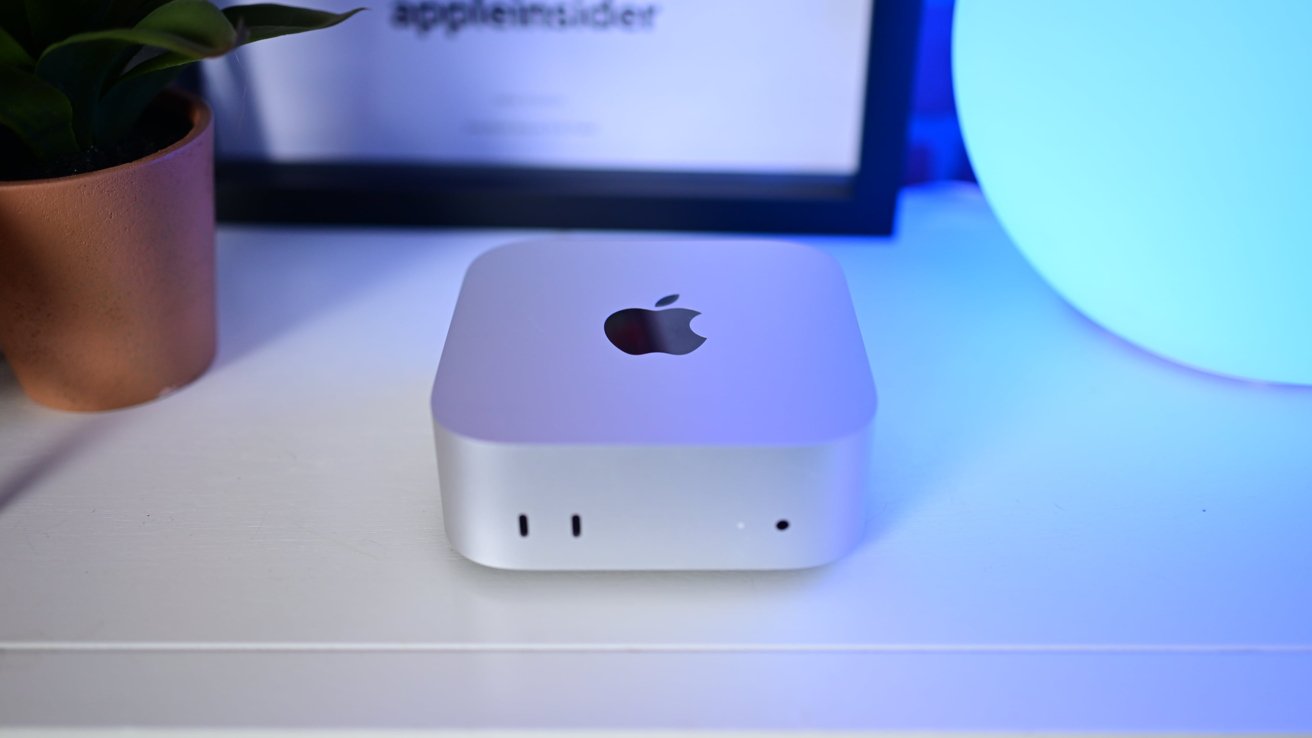


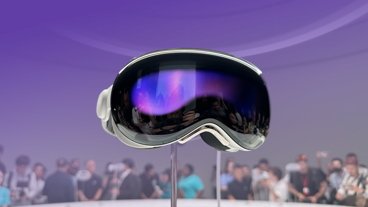

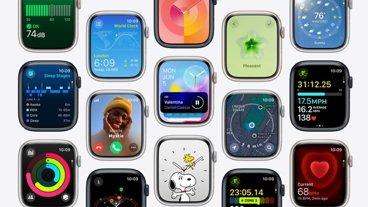


-m.jpg)





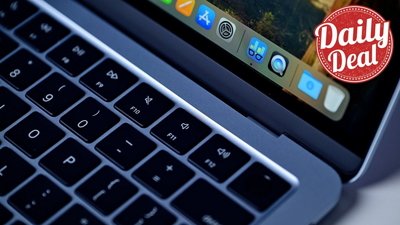
 Christine McKee
Christine McKee
 Charles Martin
Charles Martin
 Mike Wuerthele
Mike Wuerthele
 Marko Zivkovic
Marko Zivkovic
 Malcolm Owen
Malcolm Owen
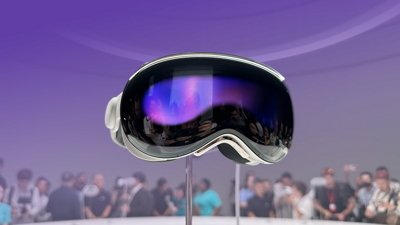

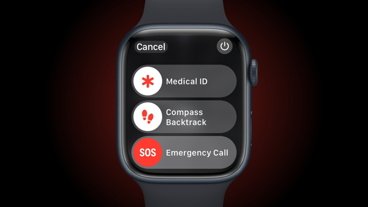


-m.jpg)






14 Comments
For what it’s worth. My office has somebody using new MacBook Pro m4 and two Samsung 21:9 aspect ratio monitors. These monitors are doing 100hz refresh. These look great, no reported issues. In fact, these monitors look so good to me, I’m tempted to get one myself and I’m not a big Samsung fan but these are nice. And reasonable price.
I am facing a similar issue with my 28 inch 4k+ Benq Monitor (RD280U). It has aspect ratio of 1.5, but my MacBook Pro doesn't only shows resolutions with aspect ratio of 1.77 (16:9), resulting in stretched display.
The article says problems with
Aspect ratio: 21:9Commonly called: 5K, 5K2K, UltraWide 5KHigher pixel count than 4K: Offers significantly more detail on screen
So it is like a 'fake' 5K since it is 21:9? The typical ultrawide resolution isWhen I embraced silicon, I went 5120 X 2160 40" ultra wide in the Dell version... coming from well over a decade of iMac 27" usage. I could never go back to the more squarish aspect ratio. All of that expanded horizontal space is just too useful. And to my 20:20s, resolution looks the same as the old iMac... just more of it as workspace.
Cost is comparable to ASD with stand option but it comes with the variety of stand options, FOUR very useful inputs (to one of which I've attached a Mac Mini-like PC for "old fashioned bootcamp"), a substantial hub of both present and "the future" ports, etc. If it conked today, I'd immediately buy another: best monitor I've ever had.
hidpi on it is 3840X1620 but the full 5120X2160 doesn't look "too small" (but yes smaller) on this bigger screen. That's a macOS problem instead of a monitor problem as Windows scales to any resolution and always looks right. Most of the time, I work in 3840X1620 for Mac but will up it to max for stuff like FCPX editing when I want maximum screen R.E. If you haven't tried one, you should. ASD is far from the only fish in this sea.